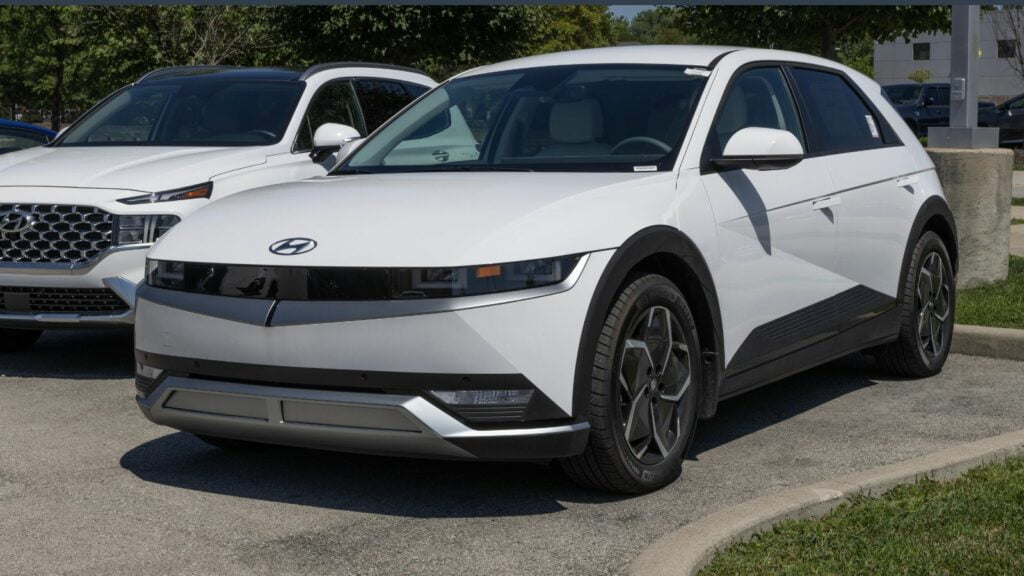Most people imagine sleek lines, roaring engines, and prices that would make your bank account shriek in terror when it comes to luxury cars. But owning a luxury car isn’t just about the initial investment; it’s also about maintenance, fuel costs, and, of course, the resale value. Some high-end vehicles tend to depreciate very fast. Cars that once turned heads might soon turn stomachs when you realize they are worth only half of what you paid. Here are 12 luxury cars with the dubious honor of losing half their value within a year.
Maserati Ghibli

The Maserati Ghibli is art on wheels. With its striking Italian design and ferocious twin-turbo V6, this sedan is a stunner. Unfortunately, it’s also a wallet-burner. A brand-new Ghibli costs around $75,000, but in just a year, you might find it hanging out on the used car lot with a price tag closer to $35,000. Why? Maserati’s reliability issues and high repair costs scare off buyers, making it one of the fastest-depreciating cars in the luxury market.
Jaguar XJL
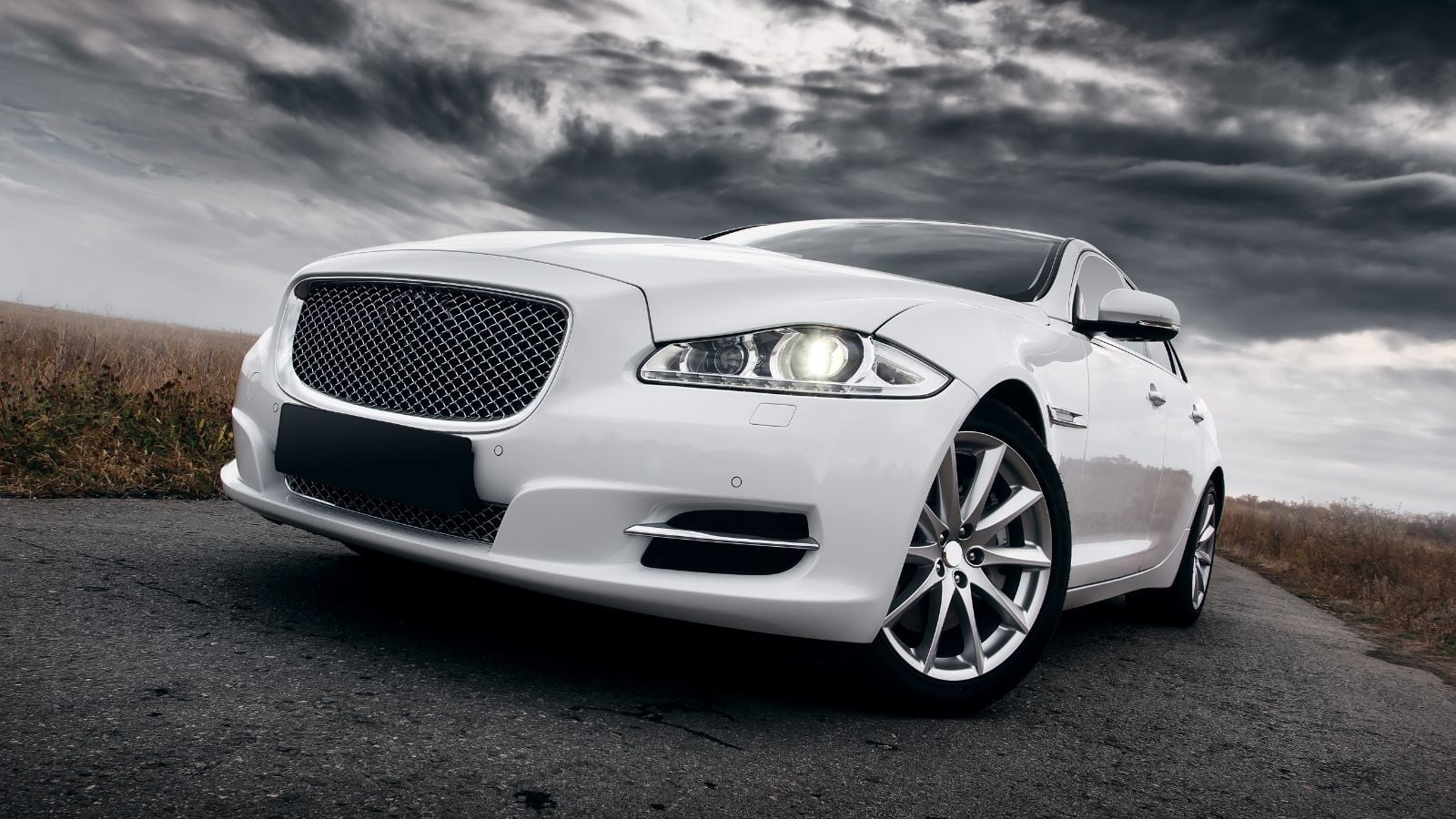
The Jaguar XJL exudes British class and sophistication. However, its value drops quickly. With an MSRP starting around $85,000, the XJL can be found used for under $40,000 within a year. The XJL suffers from the classic Jaguar woes: high maintenance costs, questionable reliability, and a brand reputation that hasn’t fully shaken off its “unreliable” image from the ’90s. Despite the plush interior and opulent features, most people just don’t want the headache—or the repair bills.
BMW 7 Series
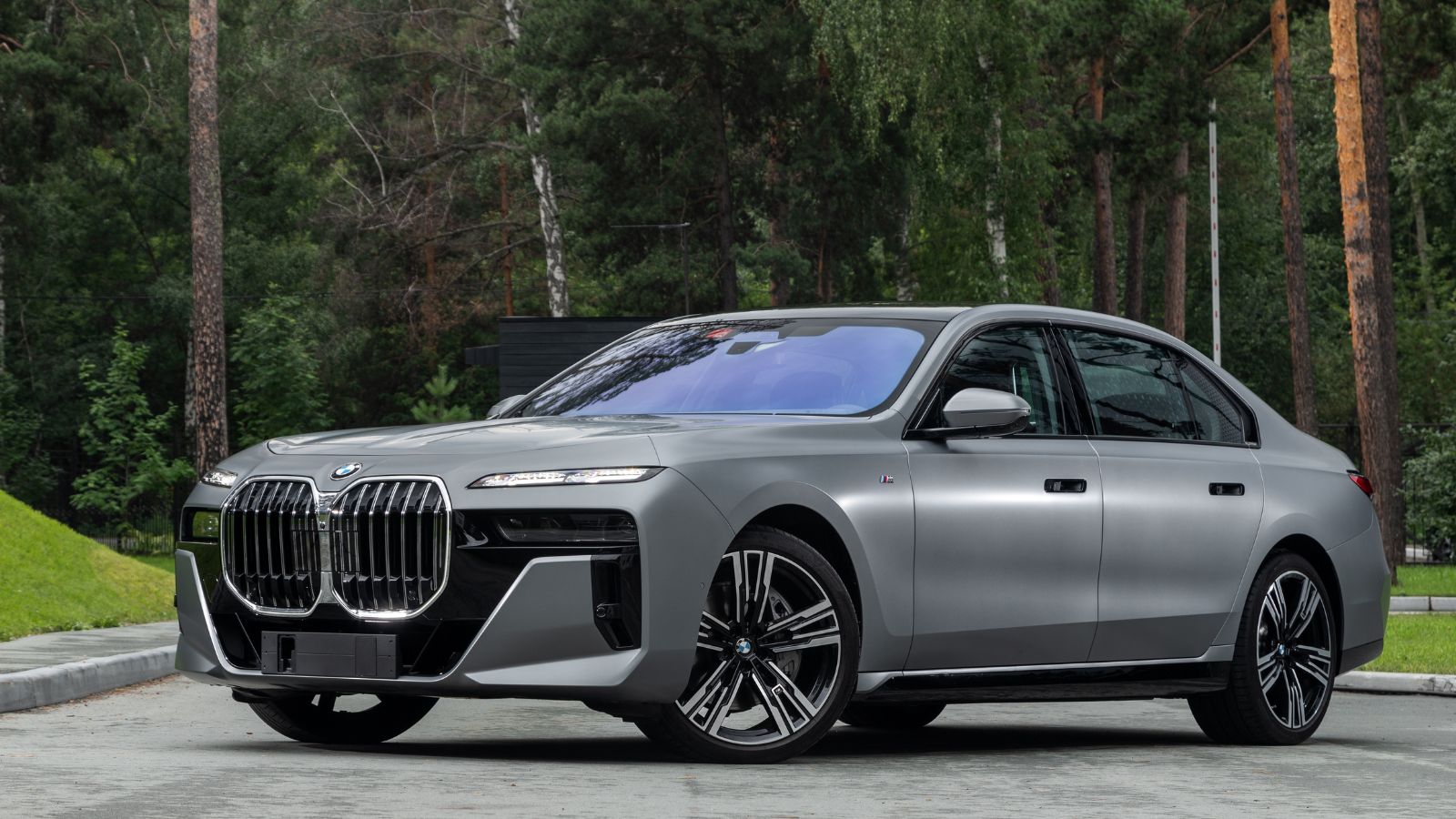
The BMW 7 Series is a technological marvel. It’s packed with more gadgets than a spy movie, and the level of luxury is out of this world. Unfortunately, so is the depreciation. After paying upwards of $90,000 for a brand-new one, you’ll be lucky to get half of that back if you decide to sell after a year. Luxury sedans, in general, struggle with depreciation, but the 7 Series is a prime offender. While BMW’s smaller models, like the 3 Series, hold their value reasonably well, its big brother seems to scare off buyers looking for a more practical car. Blame high maintenance costs and rapidly advancing tech, making even last year’s model feel outdated.
Audi A8

Audi’s slogan translates to “Progress through Technology,” but when it comes to the A8, that progress also includes plummeting value. The A8, Audi’s flagship luxury sedan, starts at around $86,000. A year later? You’ll be lucky to get even $40,000 on the trade-in. Part of the issue lies in Audi’s relentless tendency to release updated models with new tech, making even a one-year-old A8 feel antiquated. The A8 is also a victim of the luxury sedan curse—buyers are flocking to SUVs, leaving large sedans like the A8 in the dealership lot.
Cadillac CT6
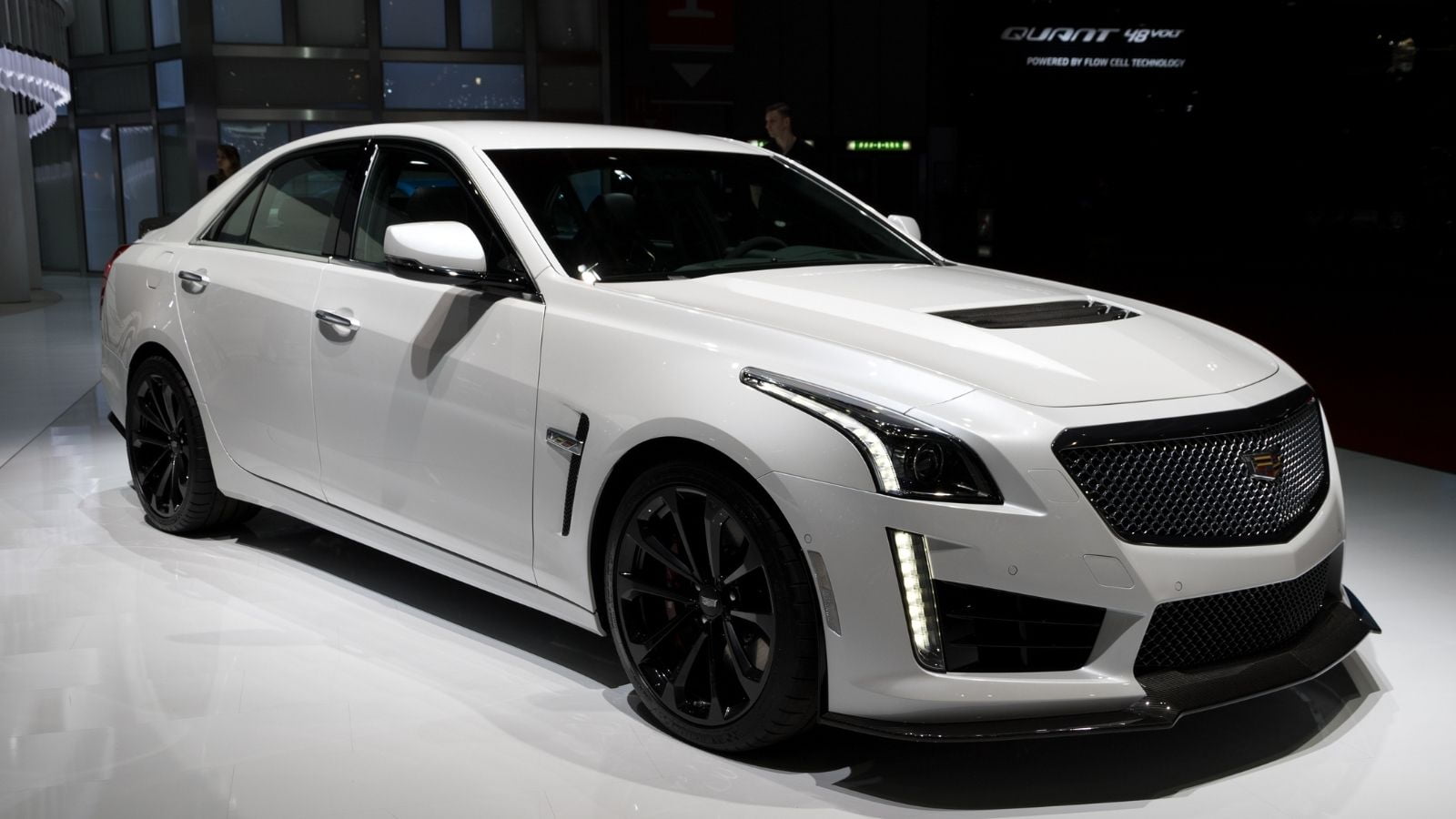
The Cadillac CT6 is a full-size luxury sedan that has become an example of Cadillac’s struggle to compete with European rivals. Despite a starting price of around $58,000, the CT6’s value plummets rapidly, often losing over half its worth within a year. On average, the CT6 depreciates by about 40-50% in the first three years of ownership, a higher rate than many mass-market cars. One of the reasons for its depreciation is the looming shadow of Cadillac’s inconsistent brand appeal. While the CT6 boasts some fantastic technology, including the semi-autonomous Super Cruise, buyers prefer German alternatives. Cadillac discontinued the model in 2020, and resale values have been in freefall since.
Lexus LS

As a luxury sedan, the Lexus LS is reliable, comfortable, and packed with high-end features. However, factors like high initial maintenance costs and outdated tech compared to newer models contribute to the decline. iSeeCars ranks the LS among the top luxury sedans with the fastest depreciation. According to Kelley Blue Book data, a 2016 LS, for example, had a 49.7% drop in three years. This makes the LS a bargain for a used luxury car buyer, but for new buyers, it’s a rapid loss of value. Why? While Lexus has a fantastic reputation for reliability, the LS suffers from being overshadowed by its German rivals. The resale market is flooded with other sedans that boast more prestige, leaving the LS as the second or third choice for many buyers.
Volvo S90
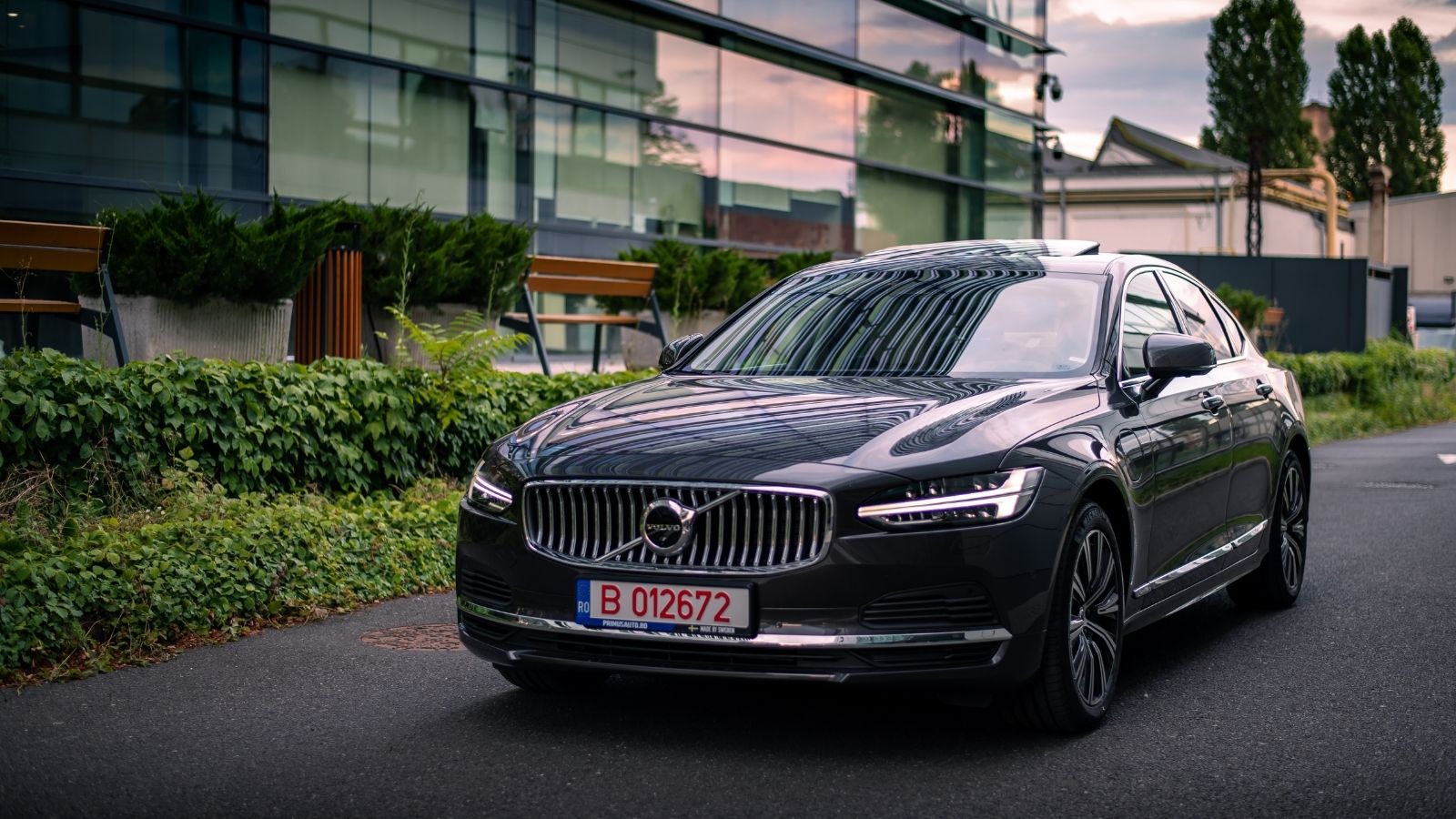
Volvo’s S90 is a beautiful piece of Swedish engineering. It’s luxurious, safe, and stylish but has one glaring flaw: Its resale value. The S90, which starts at around $52,000, can lose over 50% of its value in just 12 months. Volvo’s reputation for safety is strong, but when it comes to luxury sedans, the brand doesn’t have the same pull as Mercedes, BMW, or Audi. Buyers who want a luxury sedan are often looking for prestige, and while the S90 delivers in terms of quality, it doesn’t have the badge power to hold its value.
Mercedes-Benz S-Class
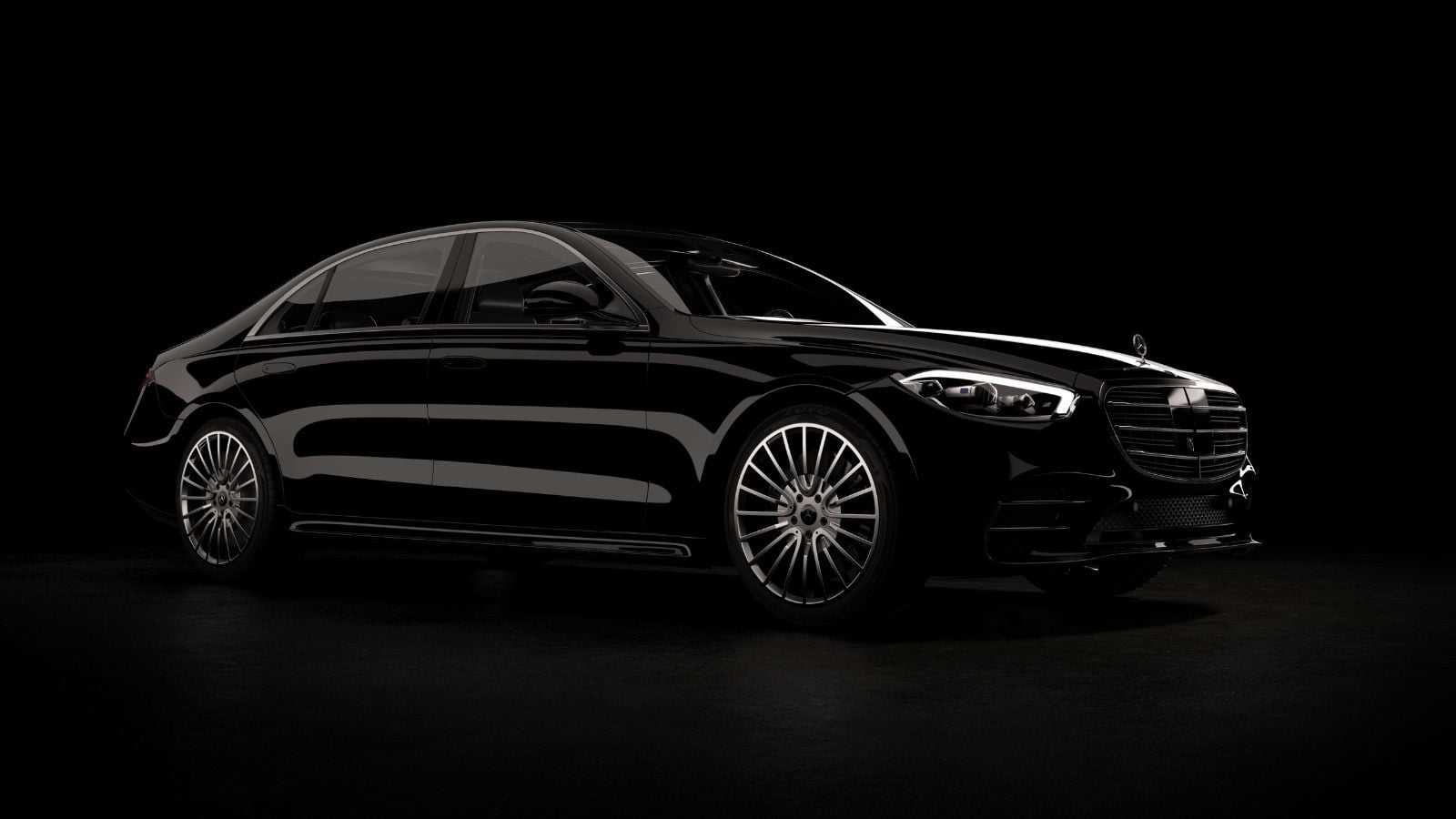
Despite its luxury, the Mercedes-Benz S-Class depreciates rapidly. On average, it loses around 50% of its value within the first five years. This steep depreciation stems from high initial prices ranging from $110,000 to $200,000, making resale markets challenging. Luxury vehicles like the S-Class often depreciate faster due to their expensive parts, high maintenance costs, and technological advancements that quickly become outdated. For instance, the 2020 S-Class, once selling for over $100,000, now goes for as low as $60,000. Another factor is the introduction of newer models with upgraded tech, pushing older versions down in value. The S-Class falls victim to its success.
Porsche Panamera
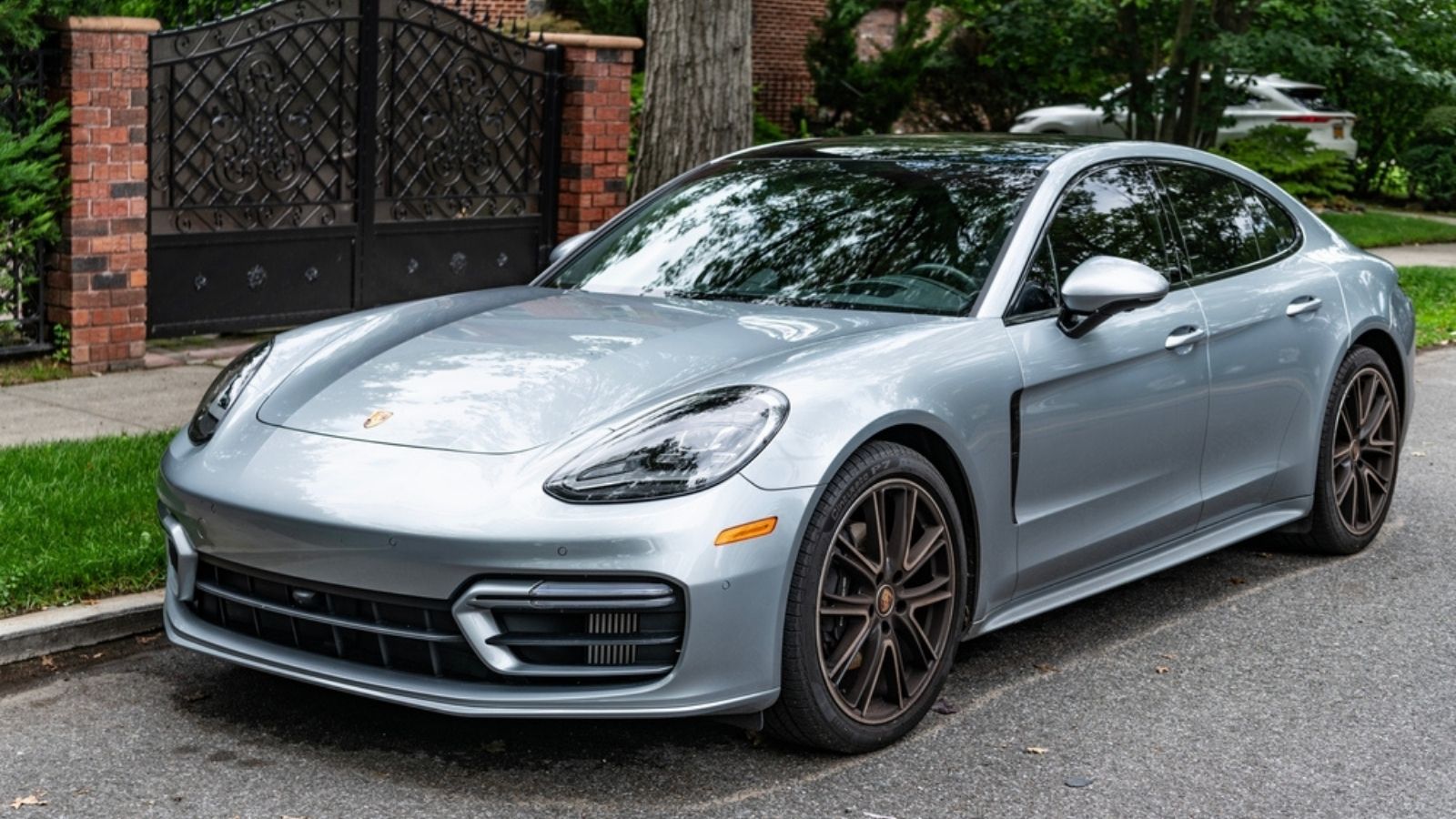
The Porsche Panamera is a sporty, luxurious sedan that combines the best of both worlds. It’s fast, fun to drive, and oozes class. But if you’re looking at one as an investment, you might want to think again. A new Panamera costs around $100,000, but you could see a 50% drop in value after a year. Also, according to iSeeCars, the Panamera depreciated by 45% in just three years, a faster rate compared to more mainstream cars. Why the steep drop? While the Panamera offers a unique mix of performance and luxury, it’s competing in a crowded segment. Buyers interested in a Porsche are often more drawn to the brand’s iconic sports cars, like the 911, leaving the Panamera to lose value.
Infiniti QX80

The Infiniti QX80 is a solid contender in the luxury SUV market, but it also loses its value quicker than most competitors. The Infiniti QX80 tends to depreciate faster, partly due to market preferences and competition. In its first year, it loses roughly 30% of its value. After five years, this figure climbs to about 50-60%, according to Car Edge and iSeeCars studies. Infiniti struggles with brand perception compared to rivals like BMW and Mercedes. The QX80, while luxurious, lacks the refinement and prestige of its competitors.
Tesla Model S
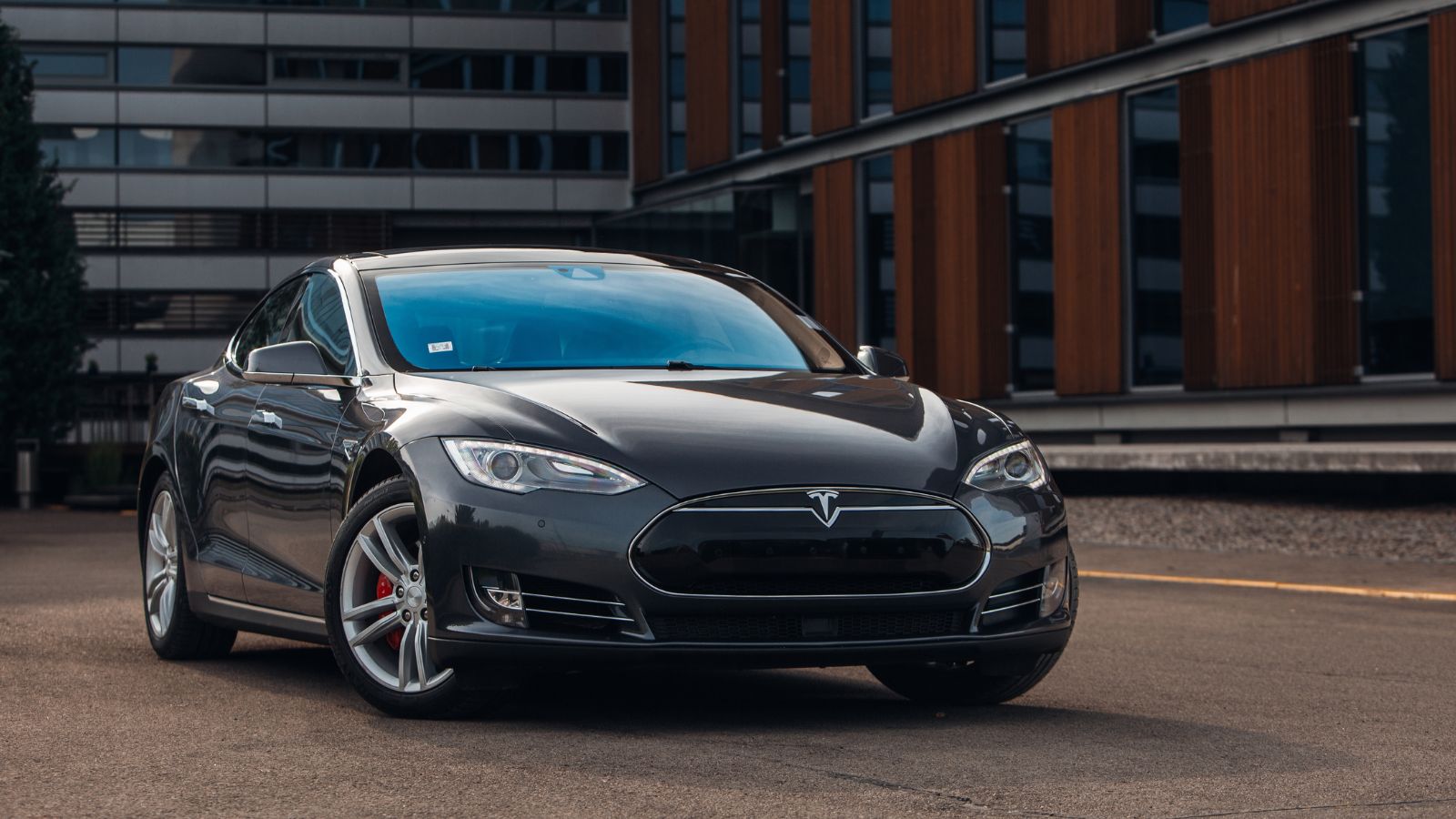
Tesla is often hailed as the future of the automotive industry, and the Model S is its flagship. While the Model S is a tech-lovers dream with its electric powertrain and Autopilot system, its resale value leaves much to be desired. On average, it loses about 50-60% of its value over five years, depending on the model and year. This depreciation rate is similar to high-end luxury cars, though it’s better than some gas-powered competitors. A Model S typically loses around 10-20% of its value in its first year. The rapid pace of technological advancements at Tesla is partly to blame. A year-old Model S can feel outdated with frequent software updates and new features being introduced regularly. Additionally, the high starting price and niche market mean a smaller pool of buyers drives down resale values.
Land Rover Range Rover
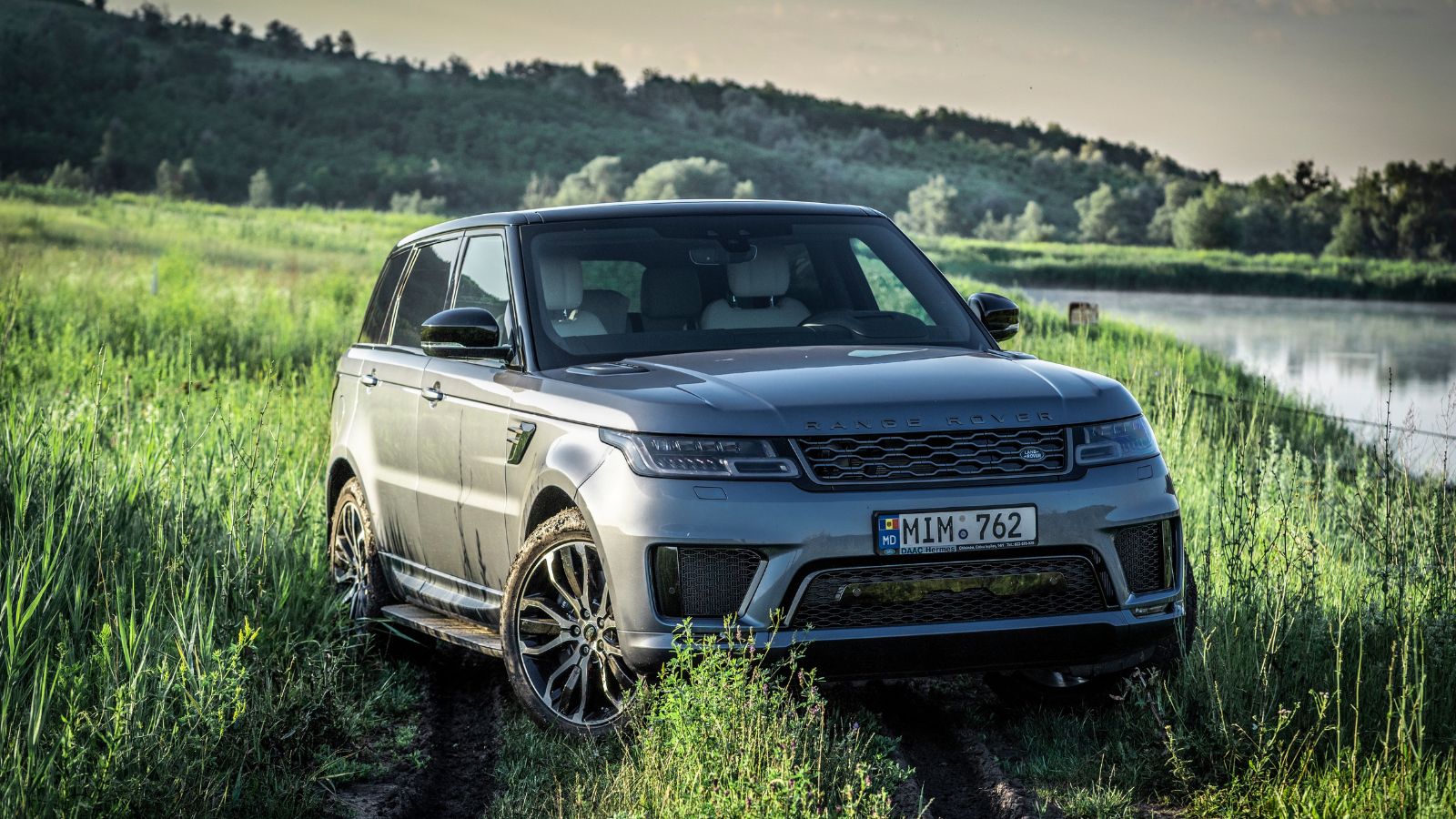
The Range Rover is the ultimate luxury SUV for those who want to tackle the great outdoors in style. However, it’s also one of the quickest to lose value. Starting at around $92,000, a one-year-old Range Rover can be found for about half that. On average, a Range Rover loses 40-50% of its value within the first three years, much faster than many luxury competitors. One key factor is its high maintenance costs—repairs can be costly due to complex electronics and imported parts. For instance, replacing an air suspension system can cost $1,500 to $2,000. While it’s a status symbol, buyers are often wary of the potential repair bills.
14 Supercars Under $100K That Deliver Breathtaking Speed and Style
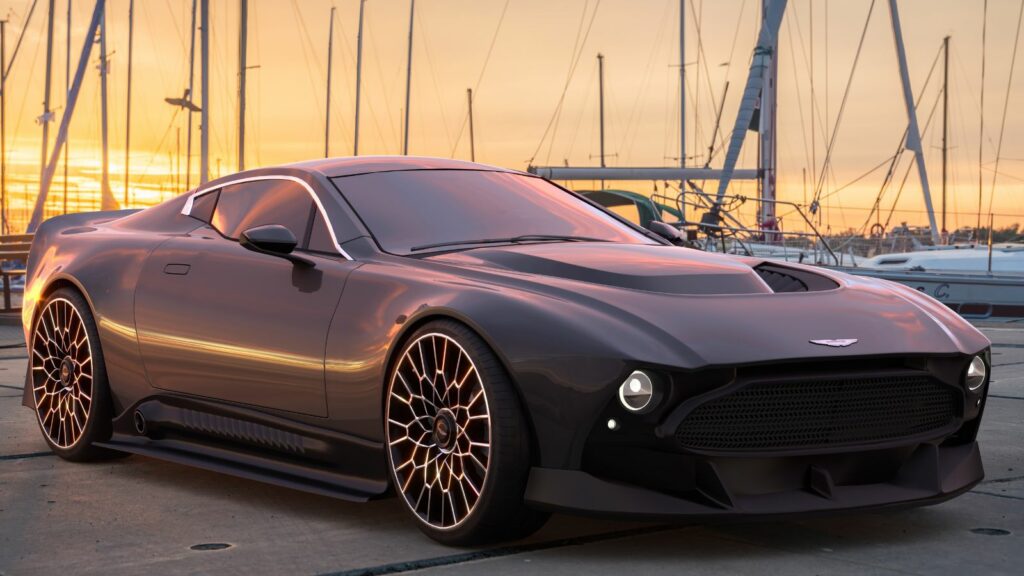
When you think of supercars, names like Ferrari, Lamborghini, and McLaren often come to mind, along with their staggering price tags. However, high-performance vehicles aren’t exclusively reserved for the super-rich. There exists a sweet spot where speed, style, and (relatively) sensible pricing converge, offering thrilling rides without completely obliterating your bank account. Hop in as we explore 14 underrated supercars under $100K.
14 Supercars Under $100K That Deliver Breathtaking Speed and Style
